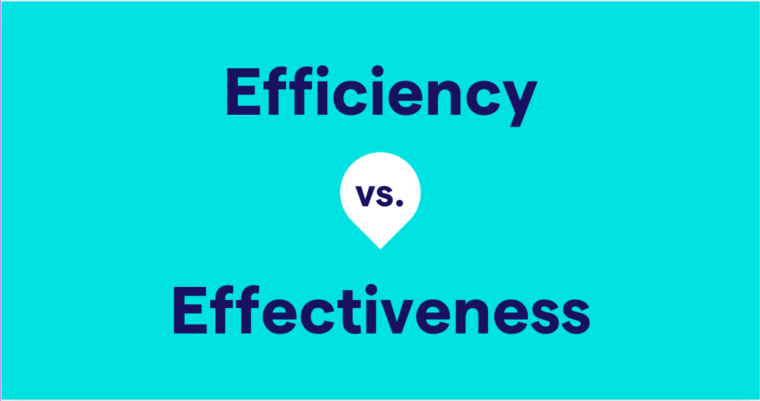
The prefixes inter- and intra- are commonly confused because of their similar spellings, but once you look at their definitions, it’s easy to tell the difference.
Inter- refers to something that’s between two or more things; intra- refers to something within a single group or place.
Here, we’ll explain the difference between inter- and intra- and give you examples of how to use them in your writing.
What’s the difference between inter- and intra-?
Inter- and intra- are common prefixes. When placed at the beginning of a word, they change its meaning, so it’s important to know the difference between them. Let’s look at types of highways to understand how the two differ.
Inter- is a prefix that comes from the Latin word for among or between two or more people, places, or things. That means an interstate highway passes between two or more states. Inter- may also mean reciprocal or involving two or more things.
Intra- is a prefix that comes from the Latin word for within a single group or place, so an intrastate highway is located within one state.
When to use inter- vs. intra-
Use inter- when talking about something that happens between two or more things. This may refer to something’s physical position, but that’s not always the case.
Inter- can also be used to refer to collaboration or competition between two or more groups, such as interdisciplinary research, or research involving two or more academic disciplines.
Inter- can also be used to show acceptance between groups of people, such as an interfaith organization that accepts people from all religions. The founders of the Italian soccer club Inter Milan included the prefix in their name to show that foreign players would be accepted, which was rare at the time.
The prefix in this context is an abbreviation for international, and various sports teams now use it to show their acceptance of players from around the world.
Use intra- to refer to something happening within one thing, place, or discipline. For example, an intramural sports team plays against teams from the same institution, such as a college or university.
A tip for knowing when to use inter- versus intra- is to look at the letter difference between the two. Intra- ends with the letter a, which is also in the word contained (intra- refers to something contained within one thing or place). Inter- has the letter e, which is also in the word open (an interfaith group is open to all faiths).
Tip: Use Grammarly’s free grammar checker to make sure you’re using the correct prefix.
Is a hyphen required for these prefixes?
Most grammar style guides don’t require a hyphen when attaching the prefixes inter- and intra- to most common nouns.
There are two main exceptions to this rule:
- The AP Stylebook says to use a hyphen after inter- if the word that follows it is a proper noun, such as inter-American.
- The Chicago Manual of Style recommends using a hyphen to prevent a double a or i, as in intra-arterial.
Inter- vs. intra- examples
Here are five examples of words that use the prefix inter-.
- Interaction: a reciprocal action or influence between two or more people
- Intermission: a pause or break between two parts of a movie or play
- International: involving two or more nations
- Interstate: involving two or more states
- Interstellar: among the stars
Here are five examples of words that use the prefix intra-:
- Intracellular: within a cell or cells
- Intracranial: inside a skull
- Intramural: within a school or institution
- Intranet: a network used within only one organization
- Intravenous: within a vein
Inter- vs. intra- FAQs
What’s the difference between inter- and intra-?
Inter- means between two or more things, while intra- means within a single place or thing.
When should you use inter- vs. intra-?
Use inter- when referring to anything located or taking place between two or more things and intra- for anything taking place within one thing. An interstate highway connects two or more states, while an intrastate highway is located within one state.
Is a hyphen required when using inter- or intra- prefixes?
Most stylebooks say there’s no need to include a hyphen when using inter- or intra-. The AP Stylebook recommends using a hyphen only if a proper noun follows the prefix, and The Chicago Manual of Style recommends using a hyphen to avoid a double a or i.






